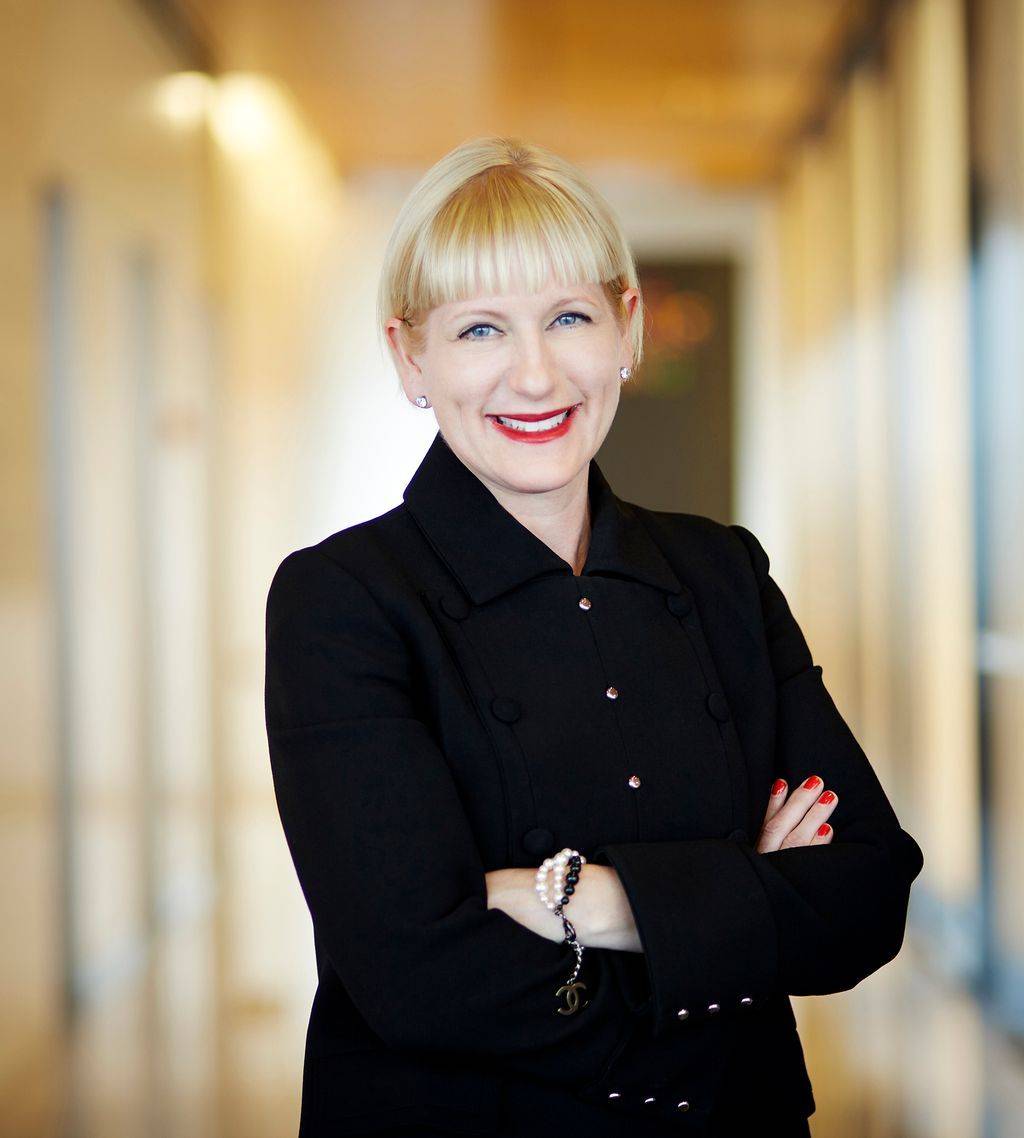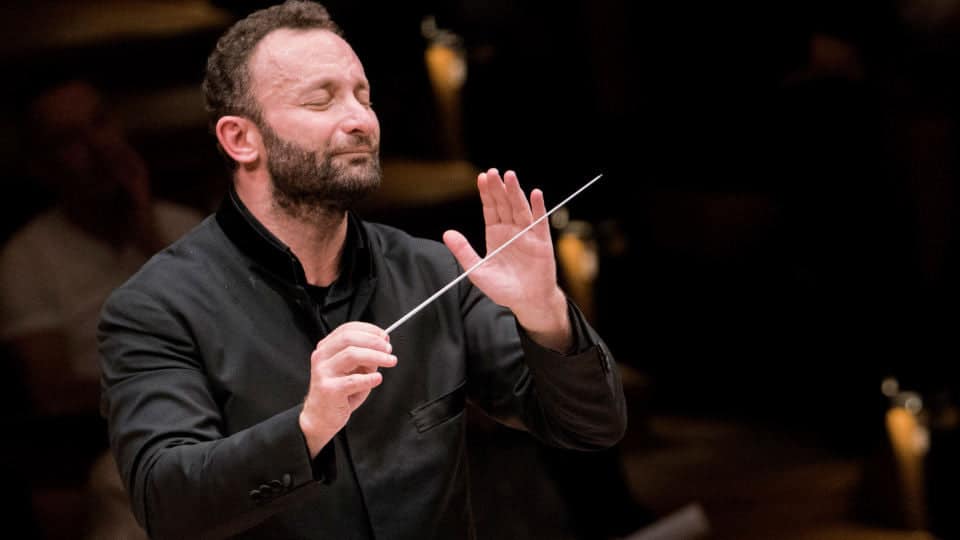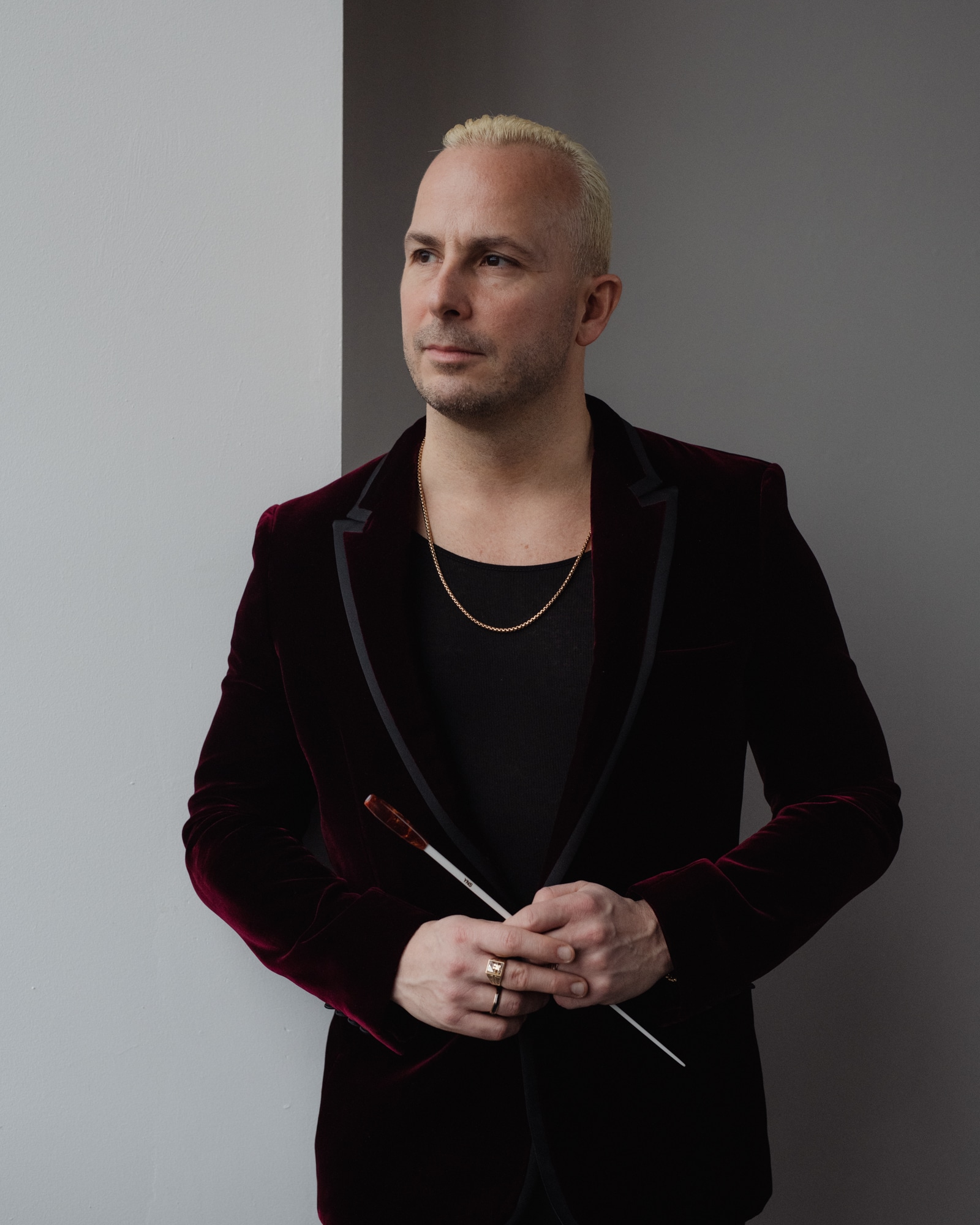Breakthough composer signs off
main
norman lebrecht
April 22, 2011
Max Vernon Matthews, one of the first musicians to extract coherent sounds from a computer, has died in San Francisco, aged 84. Matthews was important less for original compositions as for the path that he lit for others to work with the infernal machine. He was a significant influence and facilitator for Pierre Boulez in the early years of IRCAM.
Here is his pitch for posterity:
Computer performance of music was born in 1957 when an IBM 704 in NYC played a 17 second composition on the Music I program which I wrote. The timbres and notes were not inspiring, but the technical breakthrough is still reverberating. Music I led me to Music II through V. A host of others wrote Music 10, Music 360, Music 15, Csound, Cmix, and SuperCollider. Many exciting pieces are now performed digitally.
“The IBM 704 and its siblings were strictly studio machines–they were far too slow to synthesize music in real-time. Chowning’s FM algorithms and the advent of fast, inexpensive, digital chips made real-time possible, and equally important, made it affordable.
Here’s a further comment from Holland Festival director, Lieven Bertels
I have fond memories of writing countless (and often nightly) hours in Csound at Durham university’s palace green music studio, then send off the lines of code to the computer department to only hear back the resulting fragment of electroni
c music the next morning. Frustrating at times, because if you disliked what you heard, you could only rewrite the code (more countless hours) and rerun the program. Csound was a direct development of Max’s work. His name lives on in IRCAM’s most influential piece of software, still going strong after 25 years and in use in almost every single concert using real-time control of sound (or often these days, video), aywhere in the world: http://en.wikipedia.org/wiki/Max_(software)






Thanks for posting it.
For those who are not familiar with his work: he was the one who developed the first software which converted text data into sound. Risset worked with him and developed his ‘Electronic Sounds Catalogue’. ‘Max/MSP’ – an object-orientated MIDI/audio programming software – was named after him.